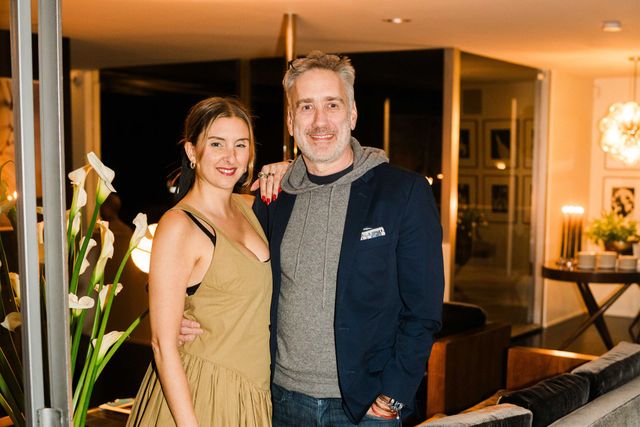
Casa Melina: Ernesto Kut Gomez's Tower under the Stars
The celebrated Mexican-Canadian chef on falling in love with an abandoned sugar cane hacienda in Todos Santos and the evolution of Casa Melina
- Category
- Q&A
- Written by
- Rebecca Withers
- Published
- May 7, 2024
Ernesto Kut Gomez is the very definition of a global chef and creative. A dual Mexican-Canadian citizen with classic French culinary training in Michelin-starred kitchens from Paris to the Pays-Basque, he's the owner of popular Mexican restaurants in Vancouver (Chancho Tortilleria, Nuba) and a dedicated food historian who works directly with indigenous growers in remote Oaxaca, Chiapas and Tabasco.
He recently joined forces with young superstar architect Yashar Yektajo to create Casa Melina, a bold restoration of an abandoned sugar cane hacienda in the Baja coastal town of Todos Santos. After welcoming his unconventional, brutalist-inspired home to our collection, we sat down with him to chat about the power of persistence, Mexico’s diverse foodways–and where to grab tacos and tapas in the pueblo mágico.
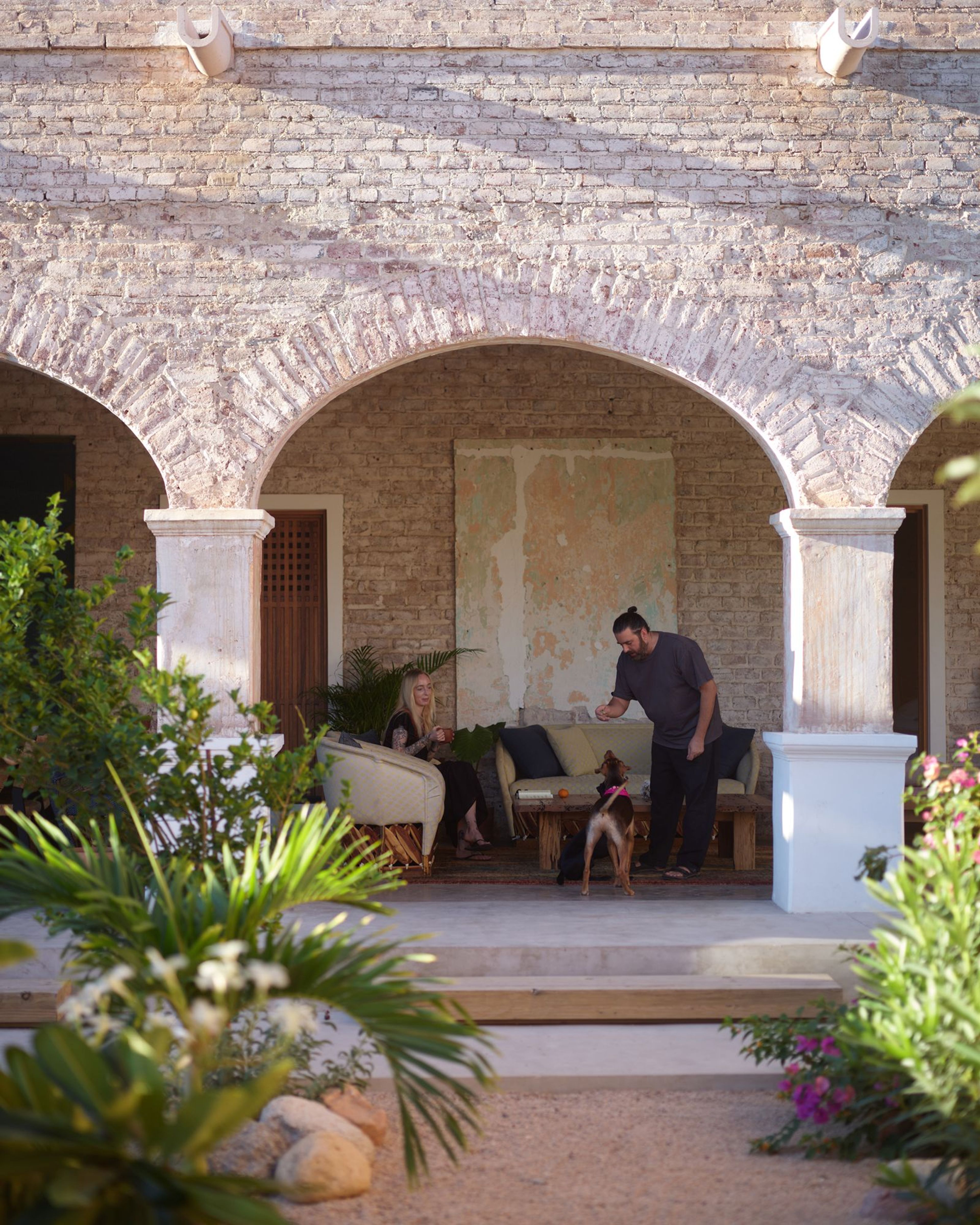
Photo: Ernesto Kut Gomez

Photo: Fernando Marroquin @fernandomarroquint
How did you find yourself in Todos Santos?
For the last decade or more, I felt a little disconnected from my culture, and so I started doing research and reconnecting with my heritage through food and traveling. I’ve spent a lot of time among First Nations peoples in Chiapas and Oaxaca, learning and studying how they live, and my first thought, when I was in a position to buy a place in Mexico, was of Oaxaca. But the commute there from Vancouver is complicated. Mexico City was also an option, but I have family and friends there, so... I was doing some research one winter, and a friend who lives in Todos Santos invited me. I did a stopover there, and over dinner at his humble house near the beach on a cool night under so many stars, I found my place.
Blame it on the stars!
I have always loved a heritage village, and Todos Santos is a heritage village by the ocean, which is quite rare in Mexico. I realized it’s an easy flight from Canada and from Mexico City, and, yes, I was taken by all those stars!
The next day, I walked through the historical part of town, but thought it would be too expensive. I looked at land, looked at the internet. And I finally called a realtor who said, “If you’re looking for a heritage property, there’s an owner who wants to sell, but his property isn’t listed.” That was seven years ago.
“I spent two months camping there. Walking around the space and imagining what it would become.”
It took seven years to buy Casa Melina?
Yes, I saw it the day after I talked to the realtor, but it took some doing to buy it! I finally talked to the owner and walked onto the property, which was in a state of complete abandon, and I was completely blown away! It hadn’t been inhabited for 35 years. Nature had taken over. There was only one bedroom door you could close, and a single toilet in the courtyard that was added on much later. But wow, the arches, the feeling, the air flowing through the space. It was just something very unique. So I made an offer. But he didn’t accept it.
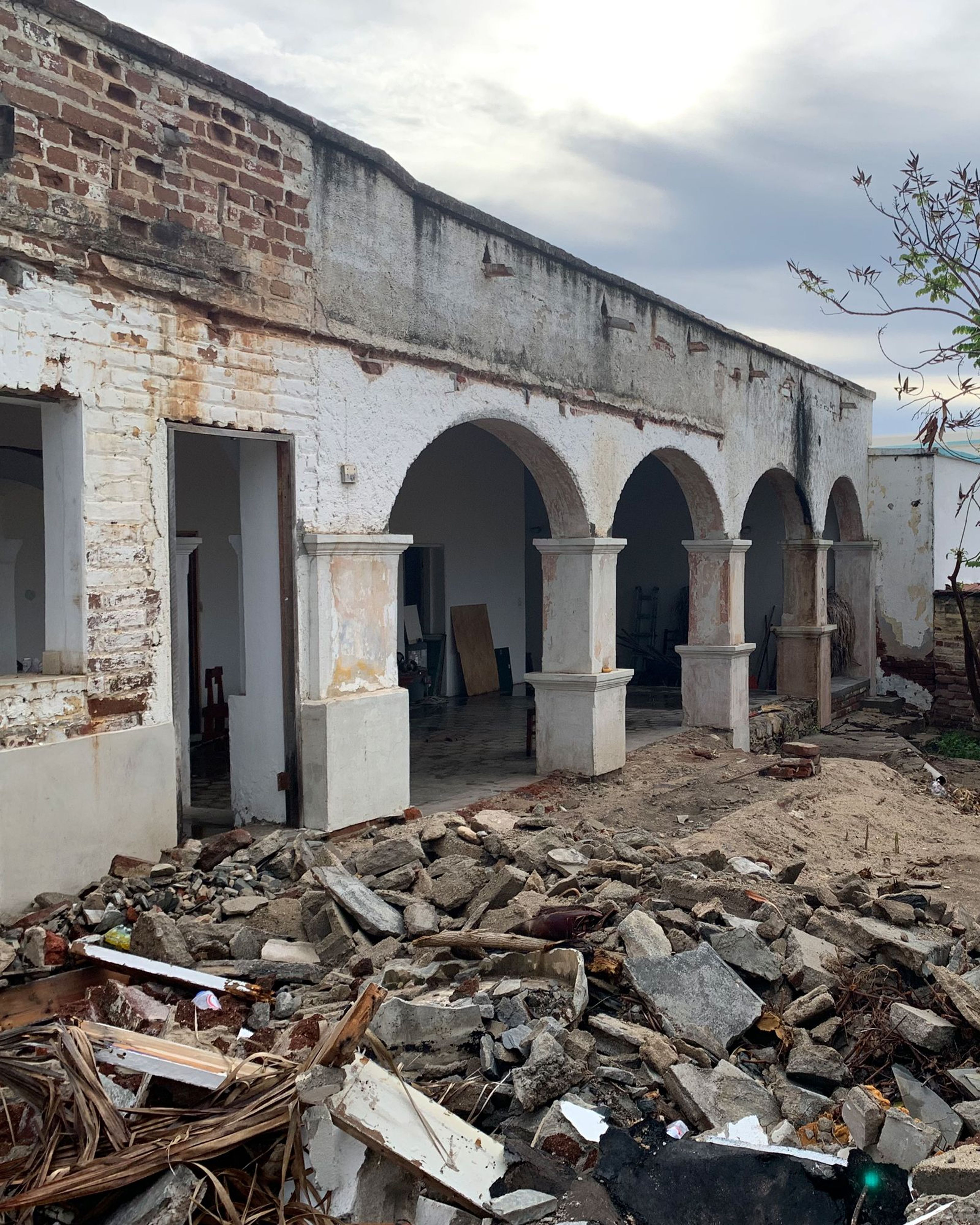
Photo: Ernesto Kut Gomez
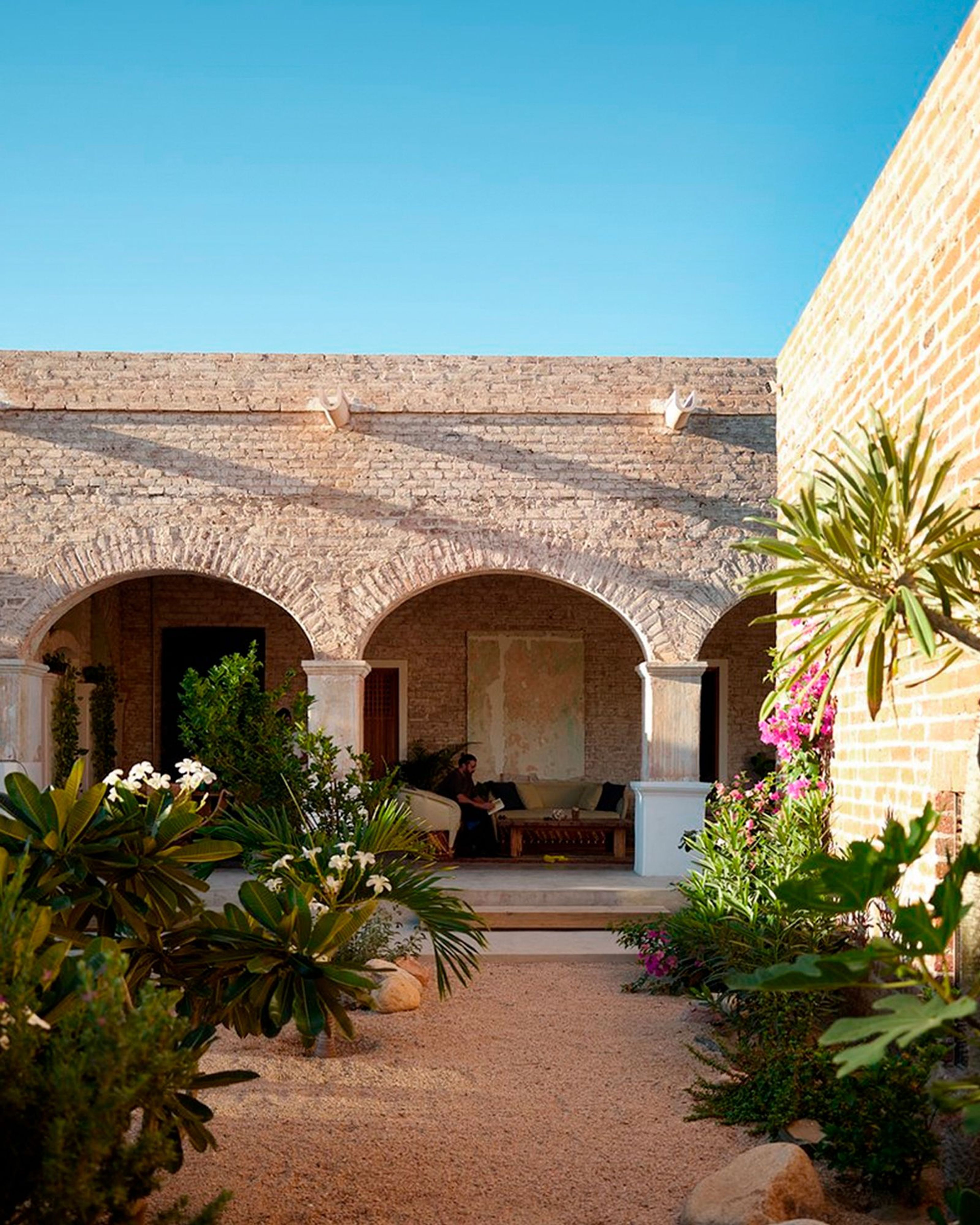
Photo: Fernando Marroquin @fernandomarroquint
Sounds like persistence pays off.
You have no idea. The next year I came back, and the property still wasn’t listed. Nothing had happened. So I called the owner again. I made the same offer, and he didn’t like it. The third year I went back to find out the house was not for sale anymore. The owner was going to do some project there, and I left town kind of sad. The next year, the fourth year, was a Covid year. It was when things were finally opening up. At the time, I couldn’t fly from Canada to Mexico and so I flew to San Diego and then was going to Mexico City, and I messaged the guy again. I figured why not? He said his project had fallen through, and he’d be willing to sell. But then he said, “Don’t tell me it’s the same offer.” I said it was. After some back and forth negotiations, he finally agreed. It was a house that took four years to acquire!
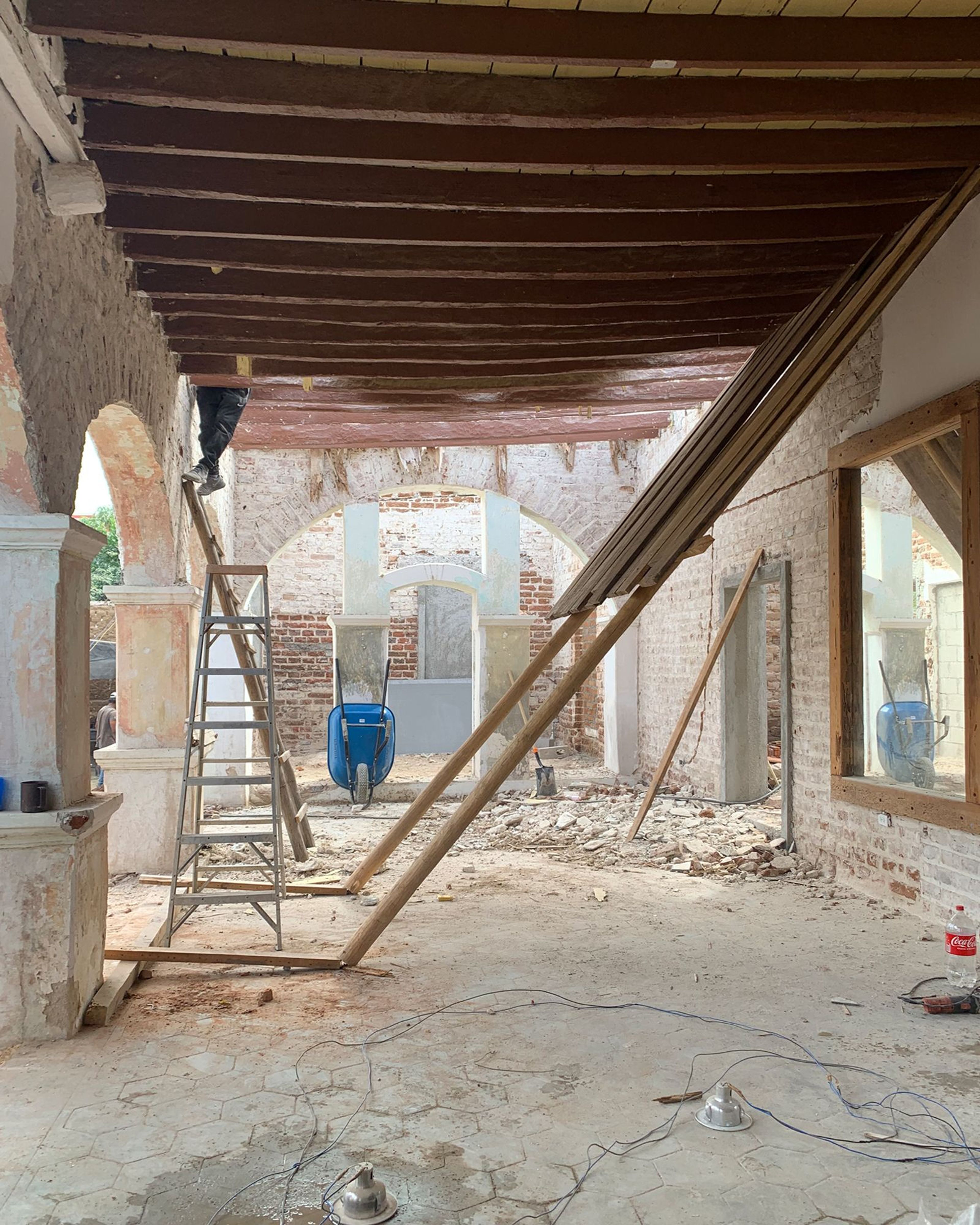
Photo: Ernesto Kut Gomez

Photo: Fernando Marroquin @fernandomarroquint
We heard that you camped on site for months before beginning renovations. How was that?
Once I took possession of the house that December, I camped there. There was no shower. The toilet was outside and there was the one bedroom door I could close, but I wanted to be there to observe. To live in the building’s draft. To feel the air. I spent two months camping there. Walking around the space and imagining what it would become.
From camping on the property to working with Yashar Yektajo is a big leap. How did that happen?
At first, I was thinking about building a couple of bedrooms and, of course, a kitchen and was looking for someone to help me with that. I’ve helped open dozens of hotels and restaurants of my own and for friends, but I’m not a designer or trained architect. I was introduced to Yashar when he was finishing the build-out on the nearby hotel Paradero, as part of a tour group previewing the property. We got to talking, walking together behind the group, and I felt a great energy with him immediately.
So you hit him up to collaborate?
We met for coffee. Then I invited him to dinner and for a site visit, and the creative process began there. There were three things that I loved about Yashar right away. First, he is very sincere and passionate about his craft, about architecture and history. Second, he was finishing a big project in Todos Santos, so he had connections to the trade, to craftspeople and supply sources—that’s huge, especially in Mexico. And third, he lived, studied and worked in Switzerland, so he understood time.

Photo: Ernesto Kut Gomez
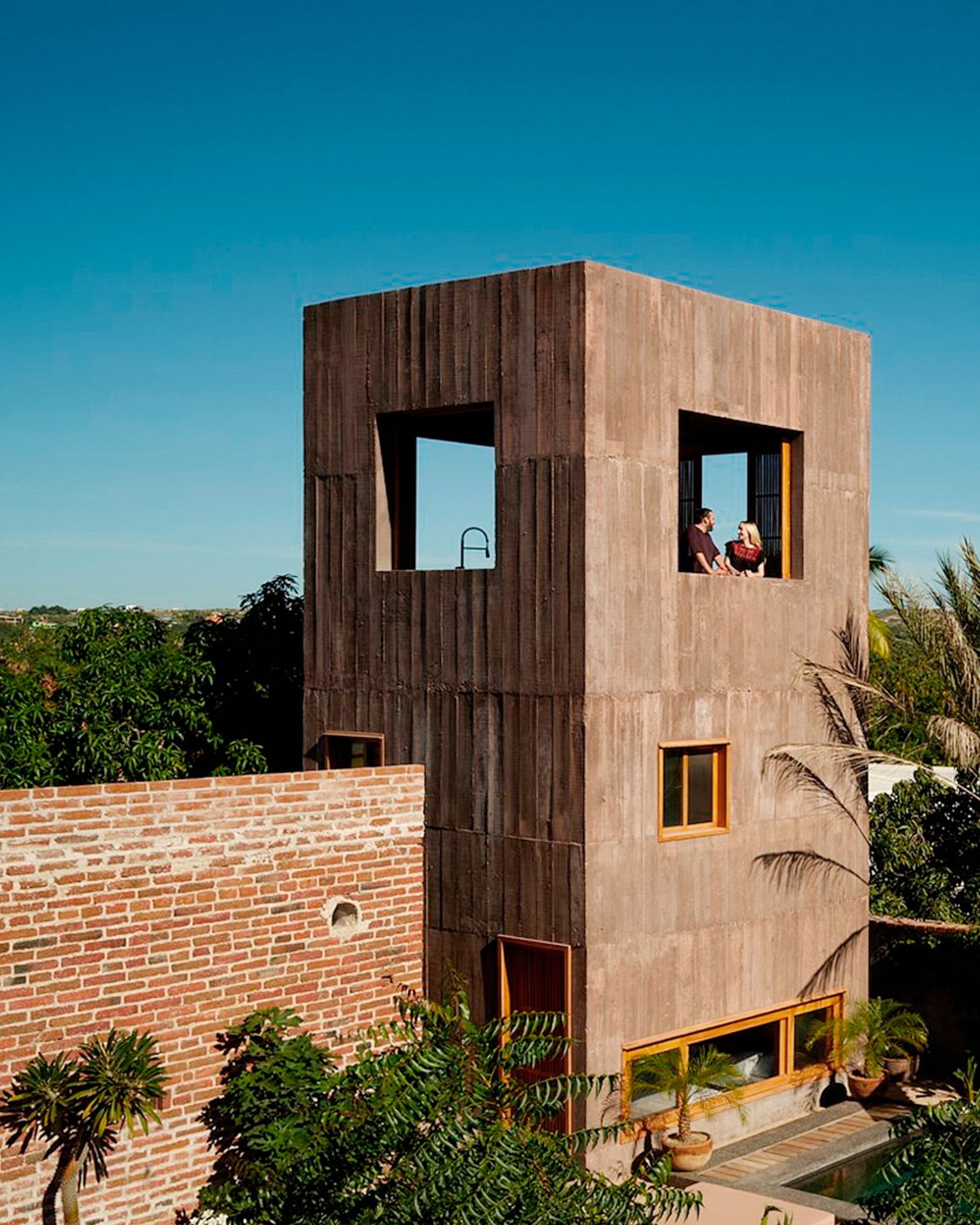
Photo: Fernando Marroquin @fernandomarroquint
You went from a couple of bedrooms and a kitchen to an architectural guesthouse with a brutalist bent. The project grew.
I had some extra money after selling some real estate in Vancouver, so I was able to do more. Yashar and I developed a great friendship along the way. He’s a wonderful individual, very creative. One night, when I was watching the sunset over the ocean—by the way, Baja sunsets are like no other—I hiked past a cactus that looked like a tower. I got the inspiration for Casa Melina’s tower then, and brought it to Yashar, and he went with it! He looked into the legalities, how high it could be and all that. He’s totally by the book, and I love that about him. And now we have the tower under the stars with sunset views.
How did Casa Melina get its name?
The property is named for Maria Ignacia Melina, the last surviving member of the Guaycura people. I discovered a photograph of her in my research. Hers is the face of a nation in extinction, so even though the property is representative of a colonial industry–Todos Santos was a sugar cane capital by the end of the 19th century–I wanted to name the house in her honor.

Photo: Ernesto Kut Gomez
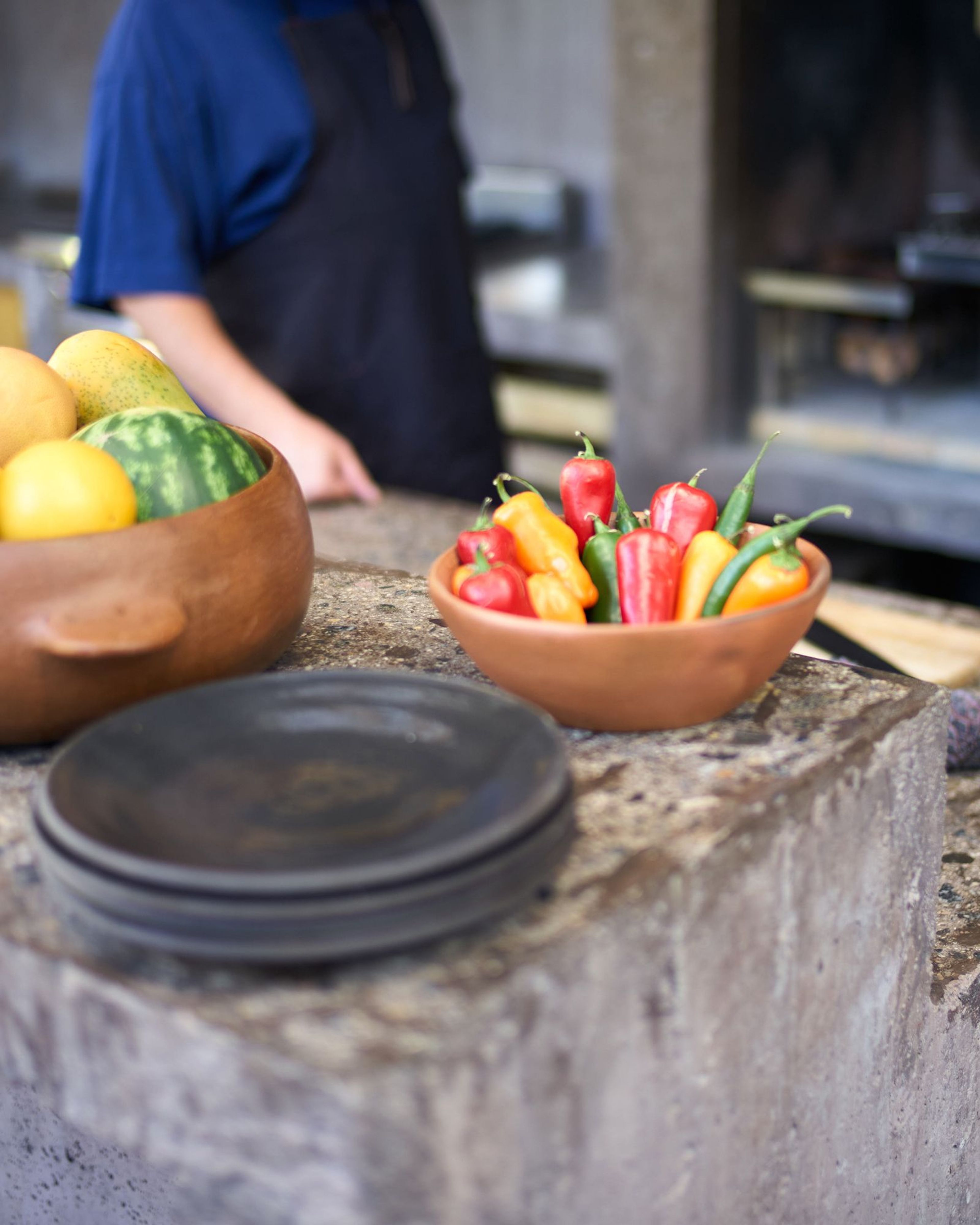
Photo: Ernesto Kut Gomez
What really moves you in terms of the foods and culinary history of the Baja peninsula and Todos Santos area—unique ingredients, traditional recipes or local crops? Especially given what’s been called your “encyclopedic knowledge” of Mexico’s diverse foodways.
Indeed, I’ve done lots of food research in Mexico. I’ve visited 32 different communities in Oaxaca, Chiapas, and Tabasco and studied corn, chile, and cacao. My research has made me understand how little we really understand, how limited we are in urban centers in terms of culinary knowledge. We arrive in First Nations and don’t ask about millenary food heritage. They’ve been eating locally, plant-based and so on, for thousands of years! I was once in an isolated mountain community in Oaxaca and talking with a professor friend. I asked him, “How can we help here?” and a few moments later, a Chinanteco elder called me over. He asked me, “Why do you want to help us? Help your own!” So, I’m dedicated to using food as a means to communicate ancestral knowledge back to our cities.
In Baja California specifically, this is unique. The peninsula was home to two First Nations that ceased to exist at the beginning of the 20th century, the Guaycura and the Pericues. They were nomadic peoples we know very little about. I’ve been spending lots of time at the Historical Archive in La Paz studying ancient foodways and am going to host a dinner to benefit the Historical Archive soon.

With Chef Paula Pedro at Casa Melina
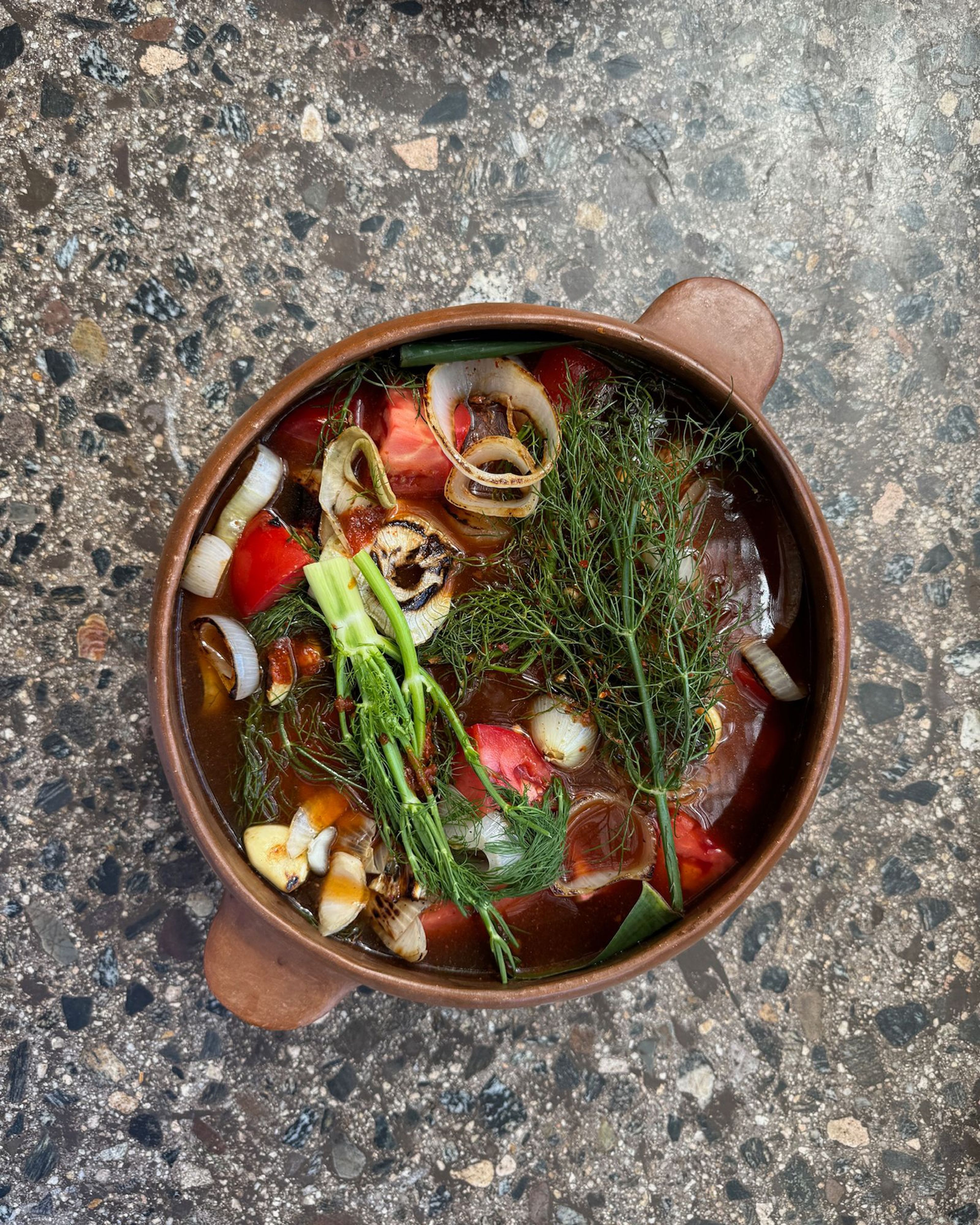
Photo: Ernesto Kut Gomez
What have you been able to discover about the Todos Santos area?
Anthropologically, the area was populated by hunters, gatherers and fishermen. There was lots of diving and spearfishing, which fascinates me, especially as a diver myself. And the area is a desert, too. That brings up the uniqueness of the foods of the oasis. You see species such as mango, passion fruit, date and guava.
These are naturally occurring oases in the desert?
Yes, but they also became home to products that appeared from the Manila Galleon Trade route that once linked Spain and Asia via Mexico. Ships would stop at the tip of Baja and load and unload. From that, we have some unique biodiversity—passion fruit, mangos, tomatoes, chiles, herbs.
Beyond that, Todos Santos is a true oasis, a place where the hot air off the Sea of Cortez meets the warm Pacific atmosphere and rain comes down from the Sierras around us, so we have lots of green. Plus, we’re on the Tropic of Cancer, with its cooler temperatures that are more conducive to farming.
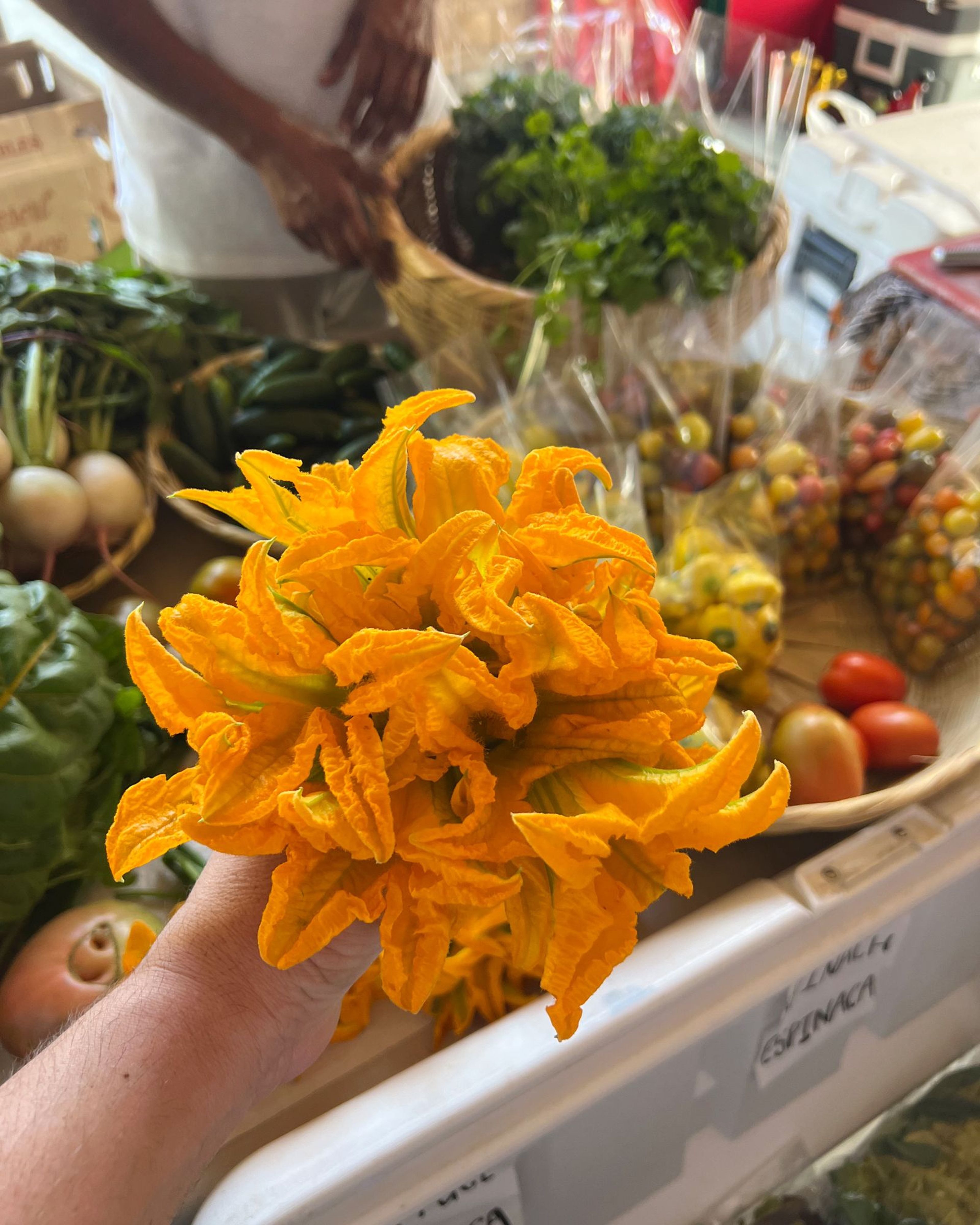
Photo: Ernesto Kut Gomez
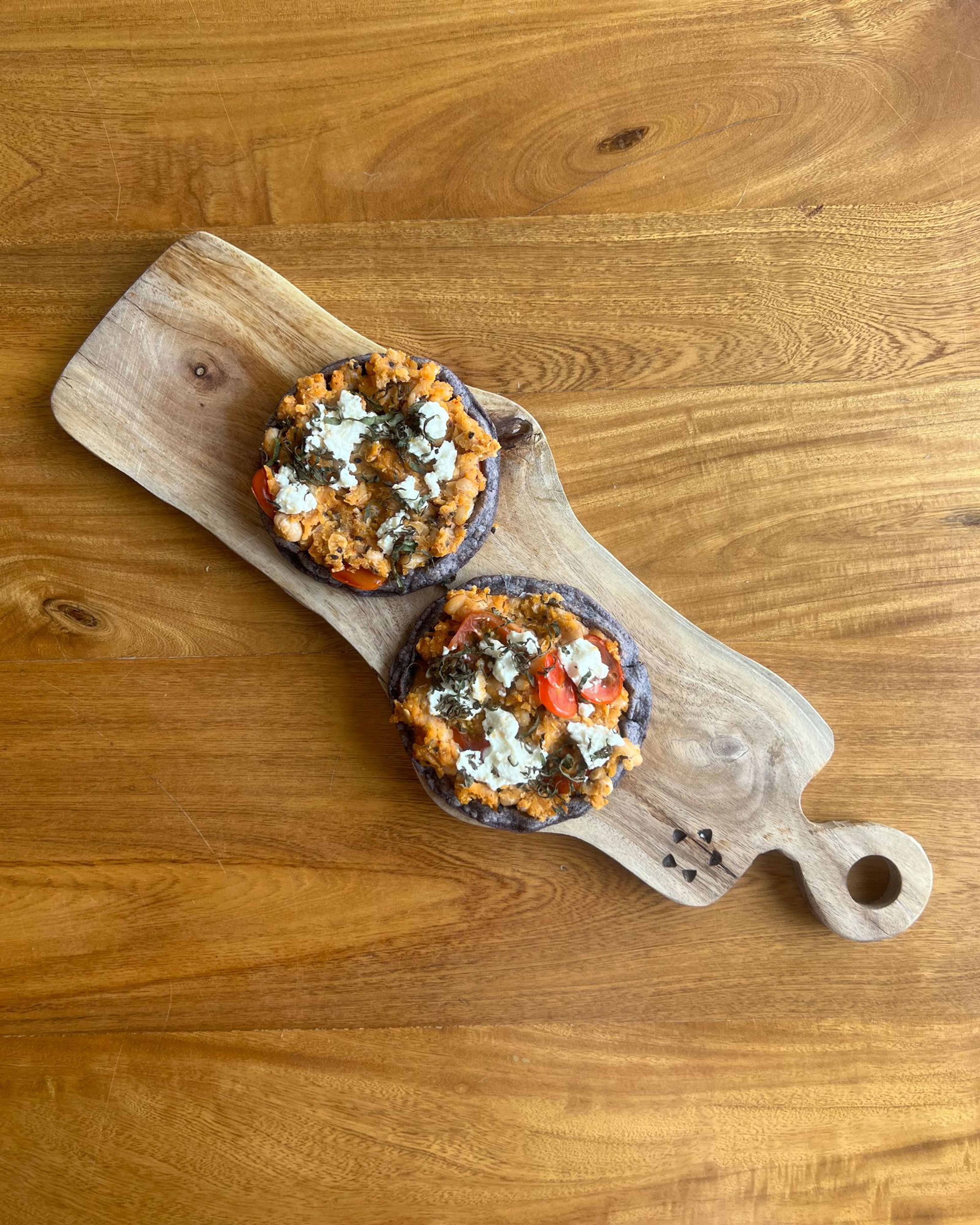
Photo: Ernesto Kut Gomez
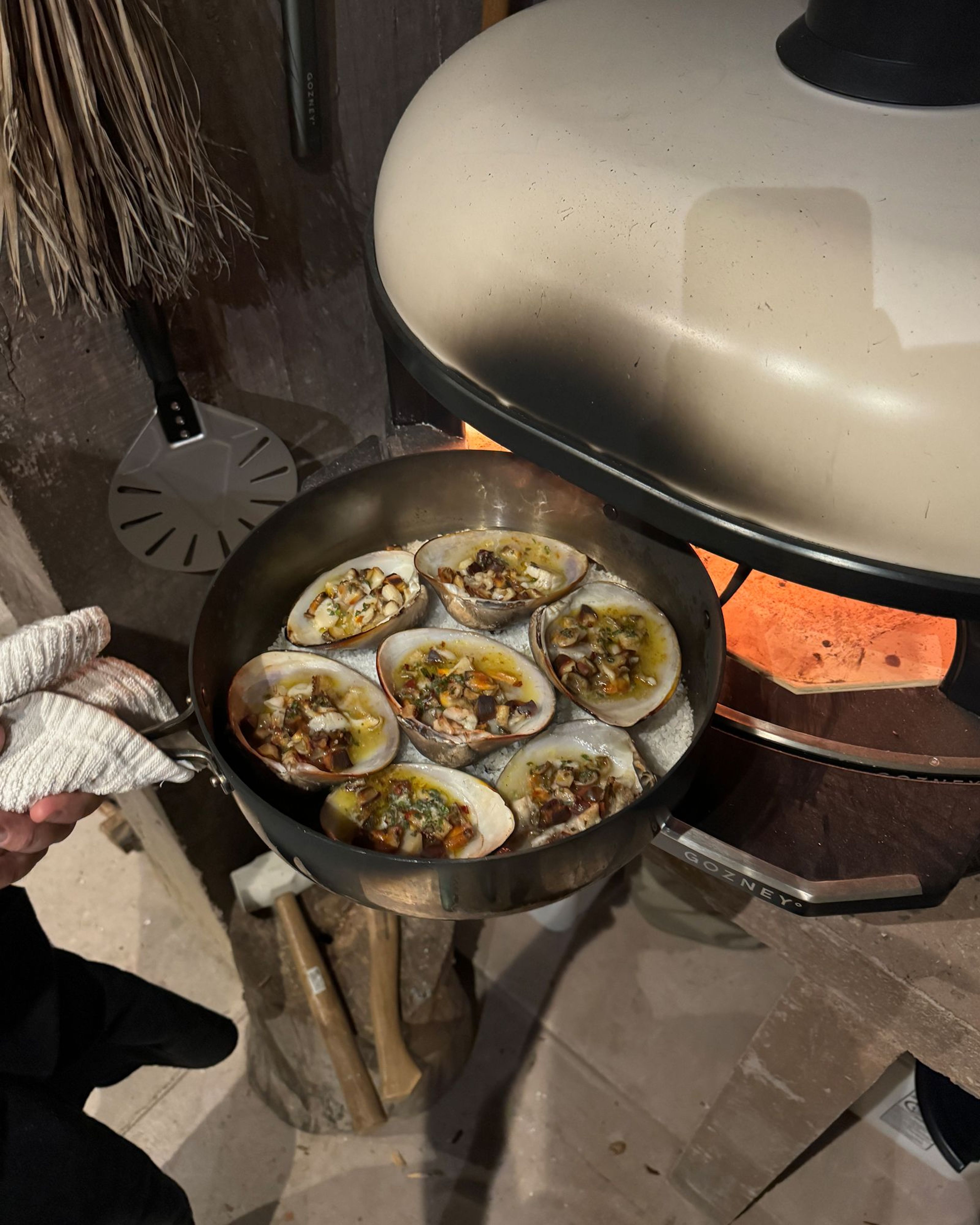
Photo: Ernesto Kut Gomez
What about the current food scene in Todos Santos?
We have a great food scene here. Todos Santos has lots of options for its small size—lots of farm-to-table type places, a great Italian restaurant, great seafood and tacos.
Book a stay at Casa Melina here, and read on for Ernesto’s culinary recommendations in and around Todos Santos.
Hierbabuena, El Pescadero: Farm-to-table classic with great veg options.
Agricole, El Pescadero: Nice spot with inventive Mexican food.
Mejibó: Something for everyone. No bad options.
Jazamango Restaurante: Local chef championing local food. Traditional and inventive breakfast and lunch items. A favorite! Just around the corner.
Pizzeria Romantica: Best pizza and great Italian food.
Tre Galline: Arguably the best Italian in town and only half a block away.
La Confianza: Wine bar. Great tapas. Also, only a half a block away. Open Thursday-Sunday.
Pacifica Fish Market: High-end fish tacos until 8:00PM.
Barracuda, Los Cerritos: A classic for seafood. Not to be missed.
Café Las Tunas, Las Tunas: Great little breakfast spot.
Taller 17: Arguably the best coffee in town. Take-out only and a half block away.
Photo (top) of Ernesto Kut Gomez and his partner Ellen Odegaard, whose furniture designs are featured through the house: courtesy of Ernesto Kut Gomez

